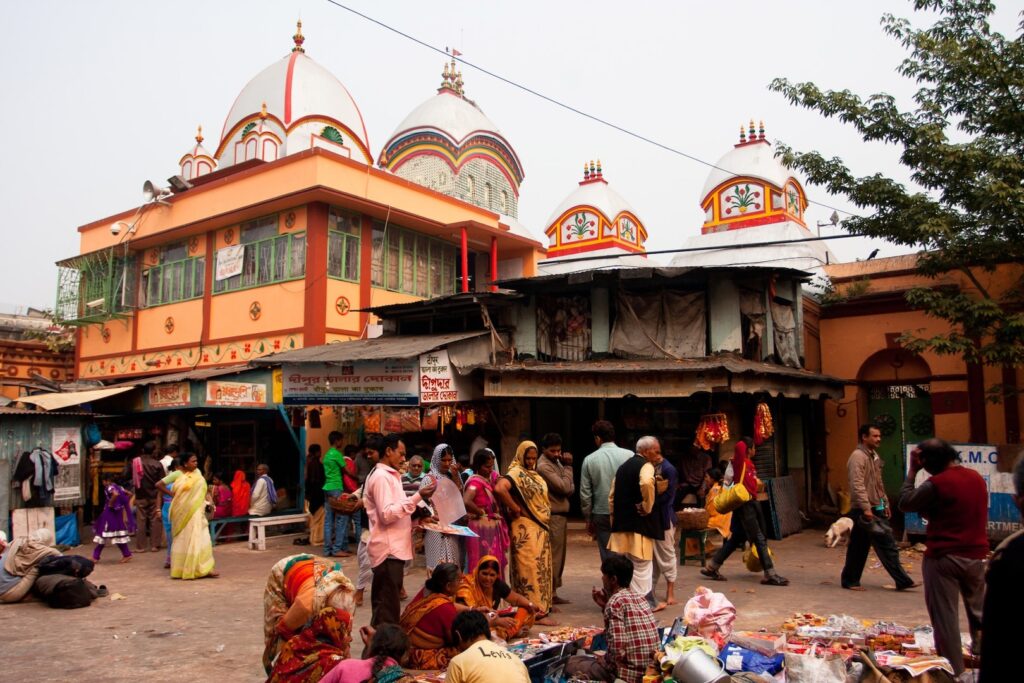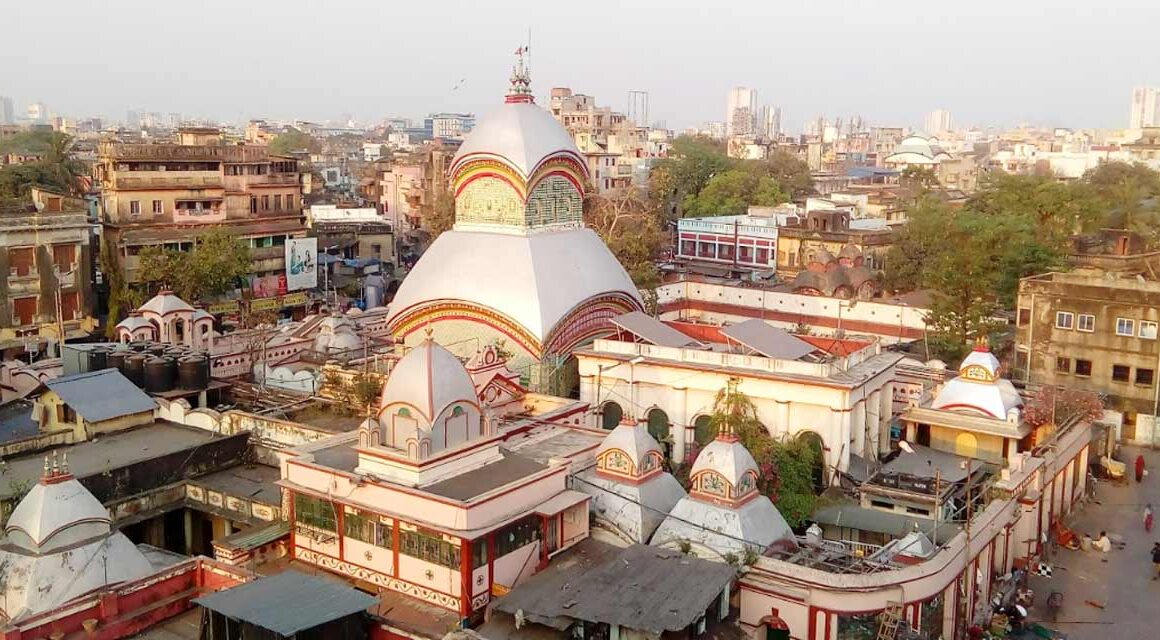Shakti means manifestations of the goddess of Sati, Parvati or Durga, the main deity of power in Hinduism. Mythology claims that on the death of the goddess Sati, out of grief and pain, Lord Shiva carried Sati’s body, and roamed around the universe with it. Shakti Peethas are those different parts of Goddess Shakti that have fallen when Lord Vishnu’s Sudarshana Chakra, cut through the corpse of Sati, which then fell on Earth to become sacred sites known as Shakti Peeth of Goddess Sati. History of the Legend of Shakti Peethas – Shakti Peethas are shrines or divine places of the Mother Goddess. Lord Brahma performed a yajna to please Shakti and Shiva. Goddess Shakti emerged, separating from Shiva and helped Brahma in the creation of the universe. Brahma decided to give Shakti back to Shiva. Therefore his son Daksha performed several yajnas to obtain Shakti as his daughter in the form of Sati. Daksha, unhappy with his daughter Sati’s marriage to Lord Shiva, refused to invite Shiva to the yagna he was performing. Relenting to Sati who wanted to visit her father, Shiva allowed his wife to go to the yagna. There, Daksha insulted Shiva. Unable to bear her father’s disrespect towards her husband, Sati immolated herself. Shiva, in his wrathful form of Veerabhadra, destroyed the yagna and killed Daksha. Kali Temple Kolkata is dedicated to Goddess Kali which is one of the 51 Shakti Peethas temples. It is one of the four Adi Shakti Peethas located In Kolkata and is regarded as the holiest Shakti Peeth of India, where the various parts of Sati’s body are said to have fallen, during the course of Shiva’s RudraTandava. Kalighat represents the site where the toes of the right foot of Shakti or Sati fell. It is believed that once a devotee saw a bright ray of light impending from Bhagirathi River. He located the light and discovered a piece of stone in the form of a human toe.

In its vicinity, he also found a ‘Svayambhu Lingam’ of NakuleshwarBhairav. He placed the images in a small temple and started worshiping them in the forest. Kalighat Kali Temple is dedicated to the goddess Kali. History of the Temple – The original temple was built by Raja Basanta Roy, who was the uncle of Pratapaditya and the King of Jessore (Bangladesh) and was sited on the banks of Hooghly. However the river has shifted away from the temple with the period of time. In the past, traders used to stop at Kalighat to pay their obeisance to the Goddess. Being located on the banks of Adi Ganga, the temple has a sanctum sanctorum in the company of a huge hall known by the name of Nat Mandir. In the north-east of this sanctum, there is a Shiva Temple. There is one more shrine dedicated to Radha Krishna. The main attraction of this temple lies in the image of Goddess Kali that bears a long protruded tongue made out of gold. The main shrine comprises the image of Goddess Kali. The image of the deity appears incomplete. On the initial level, the face of the goddess was made and further tongue and hands made of gold and silver were added to the image. On the day of ‘SnanYatra’ (Bathing Ceremony), the priests cover their eyes with cloth strips, while giving the ceremonial bath to the Goddess. Festivals like Kali Puja, Durga Puja, PoilaBoishakh, the Bengali New Year day and Sankranti witness huge numbers of devotees at the temple with offerings.

Author’s bio:
Moumita Chakraborty is a student by profession and is pursuing with
Media science combination. Love to express her thoughts.

